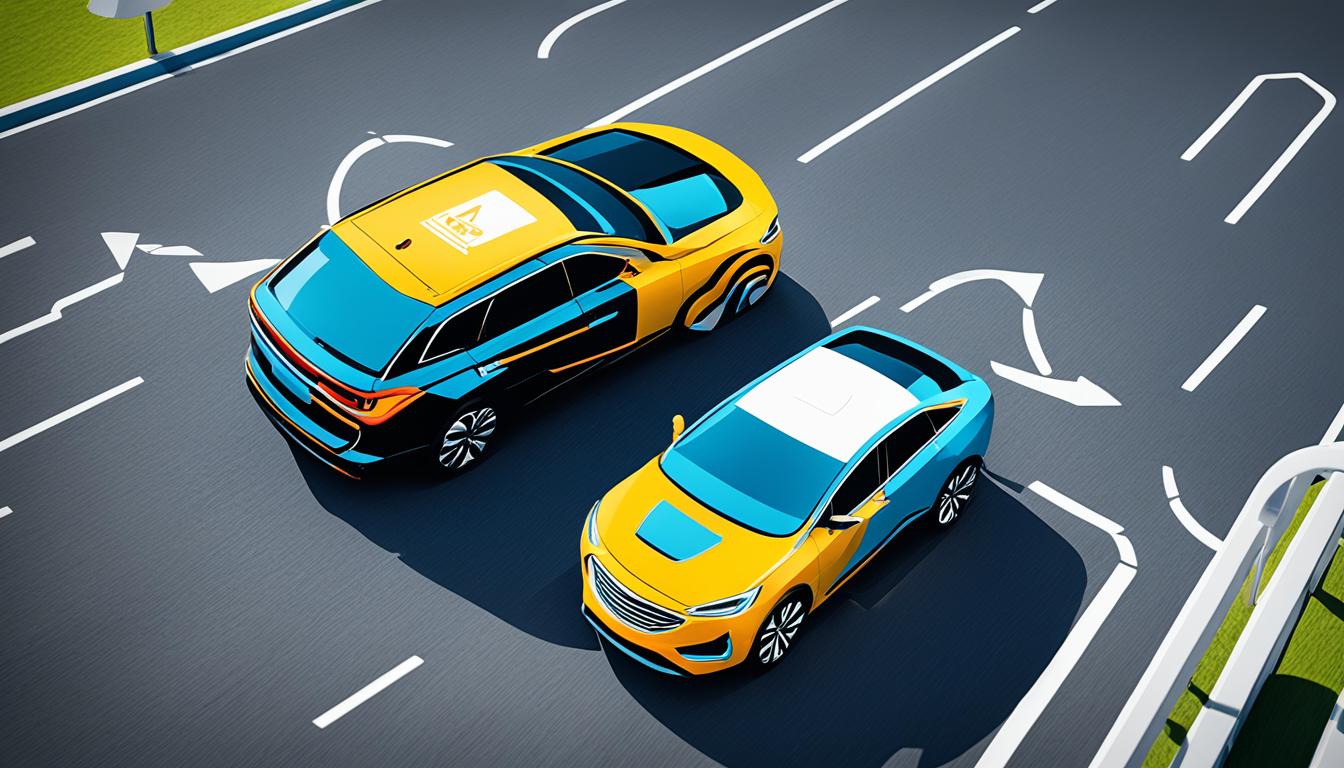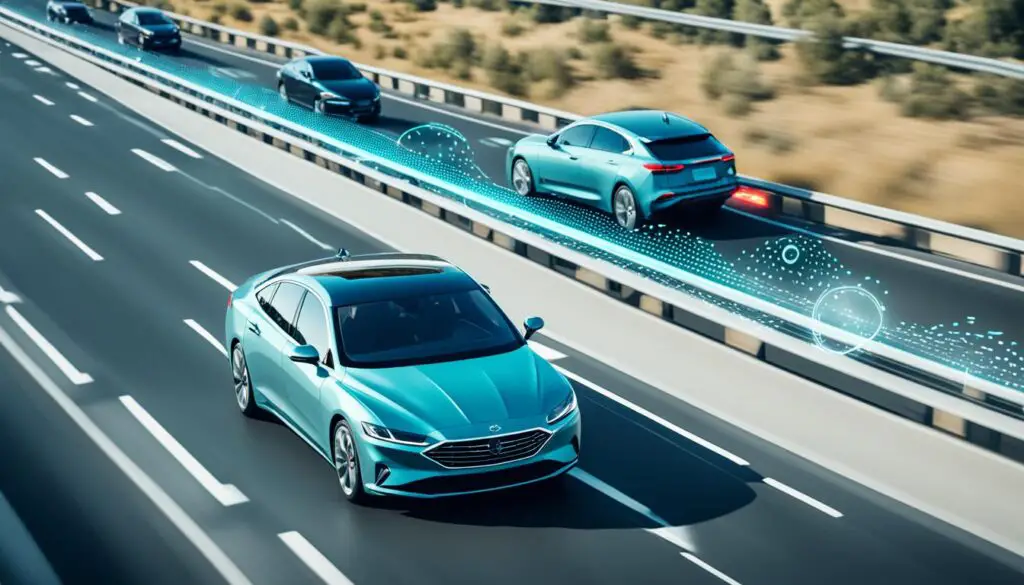
Safety First: Embracing Advanced Vehicle Safety Features
Safety First: Embracing Advanced Vehicle Safety Features
As a journalist specializing in automotive safety, I understand the critical importance of advanced vehicle safety features. These cutting-edge technologies have revolutionized the way we approach vehicle safety, offering an extra layer of protection for drivers, passengers, and pedestrians on the road.
Advanced vehicle safety features encompass a range of innovative technologies that aim to mitigate potential risks and prevent accidents. From adaptive cruise control to lane departure warning systems, these features are designed to detect hazards, provide timely warnings, and take necessary actions to ensure a safer driving experience.
Why is it essential to embrace these advancements in vehicle safety? The answer is simple – to protect lives. By integrating these advanced technologies into vehicles, we can significantly reduce the risks of accidents and improve the overall safety of our roads.
Key Takeaways:
- Advanced vehicle safety features enhance the safety of drivers, passengers, and pedestrians.
- These features utilize cutting-edge technology to detect hazards and prevent accidents.
- The integration of adaptive cruise control, lane departure warning systems, and other safety features significantly improves the overall safety of vehicles.
- Embracing advanced vehicle safety features is crucial in creating a safer and more secure driving experience.
- Continued advancements in safety technology will shape the future of vehicle safety, including autonomous vehicles and emerging safety technologies.
The Benefits of Advanced Vehicle Safety Features
The integration of advanced vehicle safety features brings numerous benefits to drivers and passengers. These features provide an extra layer of protection, helping to prevent accidents and reduce the severity of collisions.
One of the key benefits of advanced vehicle safety features is improved safety. These technologies are designed to detect potential hazards and alert drivers, allowing them to take necessary actions and avoid accidents. For example, adaptive cruise control uses sensors to monitor the distance between the vehicle and the one ahead, automatically adjusting the speed to maintain a safe following distance.
Lane departure warning systems are another valuable safety feature that helps prevent accidents. These systems utilize sensors to detect when a driver unintentionally drifts out of their lane. The system then alerts the driver through visual or audible warnings, allowing them to make the necessary corrections and avoid potential collisions.
Blind spot detection systems are yet another advanced safety feature that significantly enhances safety on the road. These systems use sensors to detect vehicles in the driver’s blind spots and provide visual or audible warnings. This enables the driver to be aware of the presence of other vehicles, reducing the chances of accidents caused by lane changes or merging.
These are just a few examples of how advanced safety features can significantly improve the overall safety of vehicles and protect those inside and outside the vehicle.
| Advanced Safety Feature | Benefits |
|---|---|
| Adaptive Cruise Control | Automatically adjusts speed to maintain a safe following distance, preventing rear-end collisions. |
| Lane Departure Warning | Alerts drivers when they unintentionally drift out of their lane, reducing the risk of collisions. |
| Blind Spot Detection | Notifies drivers of vehicles in their blind spots, preventing accidents during lane changes and merging. |

The Future of Advanced Vehicle Safety Features
As technology continues to advance, the future of advanced vehicle safety features looks promising. New and emerging safety technologies are being developed to further enhance the safety of vehicles. One area of focus is autonomous vehicles, which have the potential to revolutionize the way we travel. These vehicles are equipped with advanced sensors, cameras, and AI systems that can detect and react to potential hazards on the road. They have the ability to analyze data in real-time and make split-second decisions to prevent accidents.
Other emerging safety technologies include pedestrian detection systems, vehicle-to-vehicle communication, and advanced driver monitoring systems. Pedestrian detection systems utilize sensors and AI algorithms to identify pedestrians on the road and provide warnings or take action to prevent collisions. Vehicle-to-vehicle communication allows vehicles to exchange data and communicate with each other, enhancing situational awareness and enabling collaboration to avoid accidents. Advanced driver monitoring systems continuously monitor the driver’s attentiveness and alertness level, providing warnings and taking control of the vehicle if the driver is not responsive.
These advancements in safety technologies will not only improve the safety of individual vehicles but also contribute to the overall safety of the roadways. With autonomous vehicles and emerging safety technologies, the goal is to minimize human error and create a safer transportation environment for everyone.

Benefits of Future Advancements in Vehicle Safety
- Enhanced safety for drivers, passengers, and pedestrians
- Reduction in accidents and collisions
- Improved road traffic efficiency
- Increased accessibility for individuals with disabilities
- Optimized fuel consumption and reduced emissions through efficient driving patterns
Table: Comparison of Advanced Safety Technologies
| Advanced Safety Technology | Key Features | Benefits |
|---|---|---|
| Autonomous Emergency Braking (AEB) | Automatic collision detection and braking | – Reduces rear-end collisions – Mitigates the severity of accidents |
| Lane Keeping Assist System (LKAS) | Keeps the vehicle within the lane through steering assistance | – Prevents unintended lane departures – Minimizes the risk of side-swipe collisions |
| Adaptive Headlights | Adjusts the headlight direction based on vehicle speed and steering input | – Enhances visibility during night driving – Reduces the risk of collisions with pedestrians or obstacles |
By embracing these future advancements in vehicle safety, we can create a transportation system that prioritizes safety, efficiency, and sustainability. As technology continues to evolve, it is crucial that we adapt and leverage these advancements to build a better future for mobility.
Conclusion
Advanced vehicle safety features are of utmost importance in ensuring the safety of drivers, passengers, and pedestrians on the road. The integration of these cutting-edge technologies has significantly improved the overall safety of vehicles and has successfully reduced the risks of accidents. With continued advancements in technology, we can expect even more innovative safety features to be developed and integrated into vehicles, making driving an even safer experience for everyone.
As we move forward, the future of advanced vehicle safety features holds great promise. The emergence of autonomous vehicles, equipped with advanced sensors and AI systems, has the potential to revolutionize the way we travel. These vehicles can analyze data in real-time, detect potential hazards, and make split-second decisions to prevent accidents.
Furthermore, emerging safety technologies such as pedestrian detection systems, vehicle-to-vehicle communication, and advanced driver monitoring systems are showing immense potential in further enhancing the safety of vehicles on the road. By embracing these future advancements and prioritizing the safety of everyone on the road, we can create a safer and more secure driving experience.
Therefore, it is crucial for drivers and manufacturers alike to fully embrace and utilize advanced vehicle safety features. These features not only protect individuals but also contribute to the overall safety of our roadways. By making safety a priority and keeping pace with future developments, we can ensure a safer future for all.
FAQ
What are advanced vehicle safety features?
Advanced vehicle safety features refer to the cutting-edge technologies integrated into vehicles to enhance safety and prevent accidents. These features include adaptive cruise control, lane departure warning, blind spot detection, and automatic emergency braking, among others.
How do advanced vehicle safety features benefit drivers and passengers?
Advanced vehicle safety features provide an extra layer of protection and help prevent accidents or minimize their impact. For example, adaptive cruise control automatically adjusts the speed to maintain a safe following distance, and lane departure warning systems alert drivers when they drift out of their lane.
What is the future of advanced vehicle safety features?
The future of advanced vehicle safety features looks promising, with emerging technologies such as autonomous vehicles that can detect and react to potential hazards on the road. Other advancements include pedestrian detection systems, vehicle-to-vehicle communication, and advanced driver monitoring systems.
How important are advanced vehicle safety features?
Advanced vehicle safety features are crucial in ensuring the safety of drivers, passengers, and pedestrians on the road. They significantly improve the overall safety of vehicles and reduce the risks of accidents.
